 |
Roger and Aaron are back at it again for Lensrentals, this time with a teardown of a Canon RF 100–500mm F4.7–7.1 lens with a little secret inside.
As Roger tells it, Lensrentals has come across ‘several’ copies of Canon’s RF 100–500mm F4.7–7.1 lens with a cracked element inside. He believes this crack occurs during shipping, but notes that ‘if you’ve ever rented from [Lensrentals], you know how we pack […] Nothing should break in shipping.’ As such, he did what he usually does when he can’t get an answer from the outside, he tore the lens down (with the help of Aaron, of course).
 |
| The large crack, seen through the rear elements of the lens. Click to enlarge. |
Upon taking a closer look, Roger suspected the cracked element was inside the image stabilization module of the lens, due to the crack appearing to move when the lens was shifted around. He explains that while Canon was known for physically locking down IS units in its EF lenses, that practice has become less commonplace with RF lenses due to improved engineering measures. Naturally, he assumed this lack of lockdown could be the culprit for the cracked element in shipping.
As it turns out though, that wasn’t quite the case.
Roger and Aaron went through the usual routine, starting at the front of the lens. Despite easily removing the filter barrel and front optical group, they hit a roadblock with the light baffle inside. So, ‘like the cowards [they] are,’ Roger and Aaron turned the lens around and started to take it apart from the lens mount side.
 |
| A close-up view of the ribbon cables neatly tucked away inside the barrel of the lens. |
Along the way, the pair ran into the usual array of screws, ribbon cables and sensors. But it wasn’t all that bad to take apart, thanks to the lens’ modular construction. Roger particularly appreciated how Canon managed to integrate almost all of the ribbon cables into the barrel of the lens, meaning there was little need to trace and mark down where every cable was supposed to be routed to:
‘I get accused every so often of being a Canon fanboy (or Sony, or Sigma, etc.). I’m not, but I’ll readily admit I’m a Canon lens construction fan; these are a pleasure to work on compared to most brands.’
 |
| A comparison of how the internals of the lens look when zoomed out versus zoomed in. Click to enlarge. |
With the rear barrel off, Roger and Aaron took a look at the intricacies of the zoom section of the lens. Roger notes ‘everything moves in an impressively complex fashion’ and is almost overbuilt in some areas. Specifically, Roger points out that the front barrel moves along six heavy-duty rollers (as opposed to three in most other zoom lenses), each of which has custom-fitted nylon bearings to ensure the tightest fit possible while still offering a smooth glide. To this, Roger says ‘This is why nice things cost more; a lesser lens has three same-size small nylon bushings over screws.’
 |
| A close-up of one of the nylon bushings precisely fitted to the guide rail. Click to enlarge. |
Another detail Roger noticed is that the two optical groups responsible for zoom operate independent of one another. That is, rather than both optical groups extending together with the barrel, the rear zoom optical group moves into the barrel, but isn’t doing so at the same rate as the front optical group.
From there, it was on to the inner barrel to see if the duo could get to the broken element. Before getting to the IS module though, Roger noted the use of springs to hold the rear baffle in place. He says Canon has been using more and more tensioning springs in its lenses over the years, ‘which suggests they originally thought it was a good idea, found out they were correct and increased usage.’ This particular lens has ‘over a dozen springs.’
 |
| A look at the tensioning springs used to hold the rear baffle tight. ‘It’s a complex little bit of engineering for a baffle,’ says Roger. Click to enlarge. |
Eventually, Roger and Aaron hit the IS module, which Roger describes as ‘a pretty robust unit.’ He elaborates:
‘In older lenses, we sometimes saw IS units that were encased in a ‘cage’ of plastic bars, which broke sometimes. This is not that at all, it’s heavy-duty interlocking plastic shells with multiple screws and tension springs. We could (OK, we did) shake the heck out of it. It just rattled a bit, but there was nothing but solidness here.’
 |
| A close-up view of the ‘robust’ IS unit inside the RF 100-500mm F4.7-7.1 lens. Click to enlarge. |
However, as you can see in the above image, there was no crack in sight. So it was on to more disassembling to get to the problematic element. After removing countless cams, spacers, screws and more, Roger and Aaron were able to find the cracked element — a thin, single element that sits right behind the aperture assembly and is also the forward focusing element.
 |
| Note the aperture assembly in front of the cracked element. Click to enlarge. |
Still confused as to how the element cracked, the pair measured and tested everything around the element and determined there’s no way it could’ve impacted anything inside the lens. So, what could’ve caused it to crack? Roger doesn’t really know.
In his conclusion, Roger says:
‘My first thought, given that it’s winter, was perhaps temperature shock, moving from sub-zero trucks to warm indoors or something. But I’ve asked several people more knowledgeable than I and none think that’s a possibility. The ones that cracked are all early copies from a similar serial number range, perhaps there were some flawed elements early on. Maybe it’s just a statistical anomaly; we have a lot of copies and stuff happens. Or maybe it’s something we do or something with shipping. Nobody else has reported this. It’s worth looking into further, there are a number of things we’ve noticed before anyone else just because we have a lot of gear and a lot of repairs and inspections. But it may be an oddity that never happens again.’
Whatever the case, Lensrentals has sent all of its data and broken lenses to Canon, who already has a team assigned to more thoroughly investigating the issue. Roger says ‘Canon is always proactive about investigating these things and [is] one of the few companies willing to publicly say when they actually have a problem.’
 |
Broken element aside, Roger says the rest of the teardown is what he’s come to expect from Canon RF L series lenses:
‘It’s filled with very robust construction, neatly and clearly laid out in a modular manner. It’s a very well-built and sturdy lens with cutting edge technology.’
To conclude, we’ll let Roger’s Rule of Broken Parts speak for itself: ‘the hardest to get to part is the one that’s broken.’
Articles: Digital Photography Review (dpreview.com)






















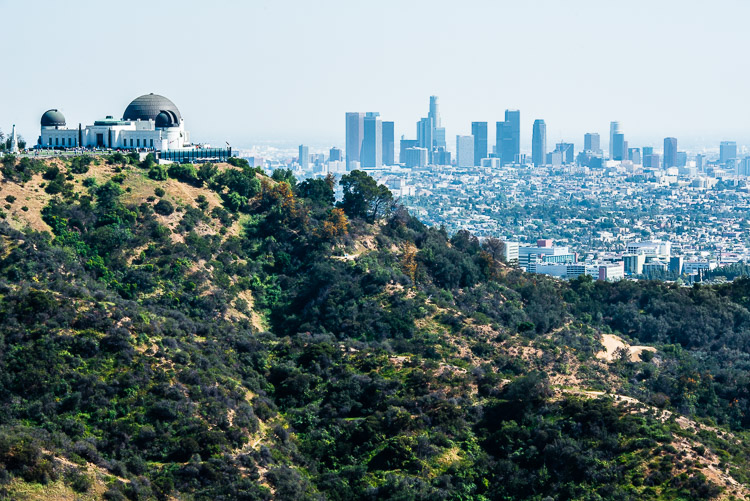
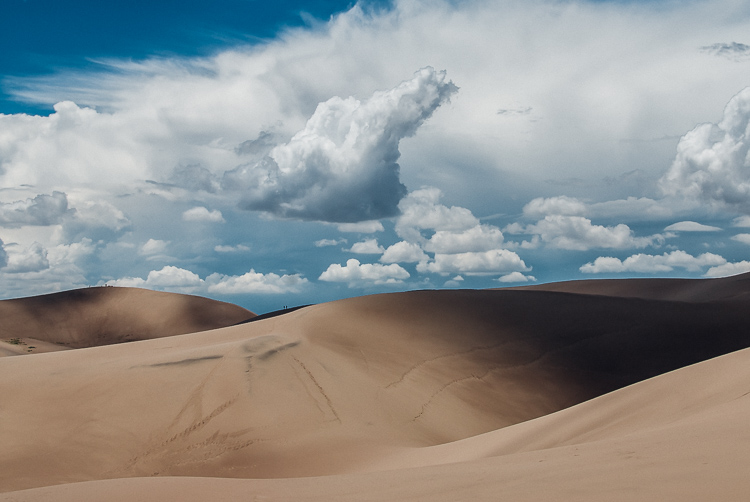



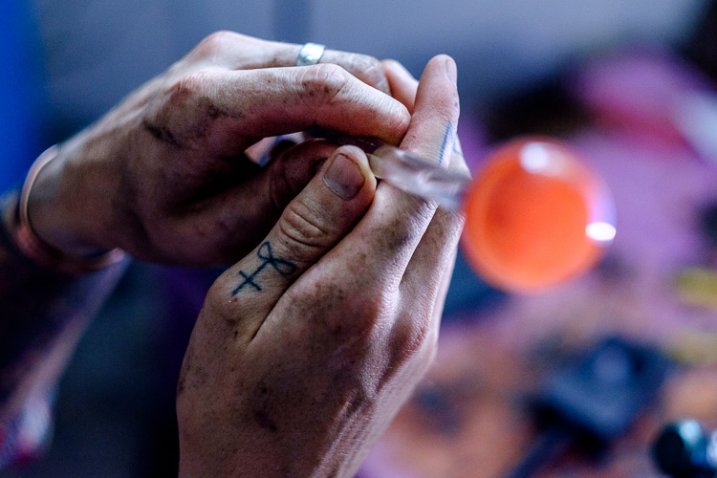



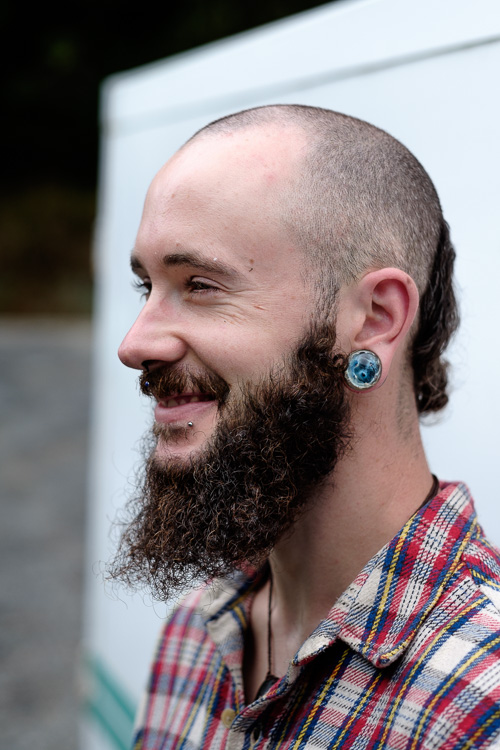
 Mastering Composition
Mastering Composition








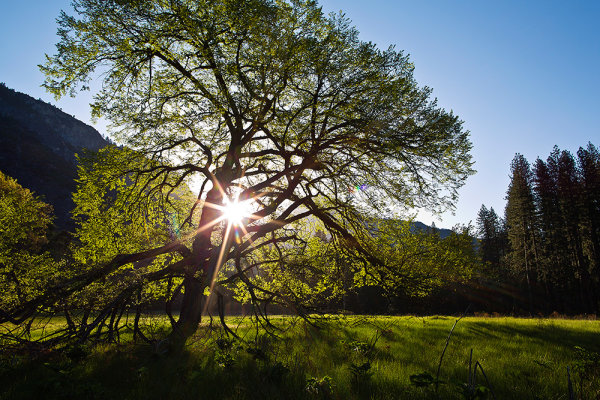

You must be logged in to post a comment.